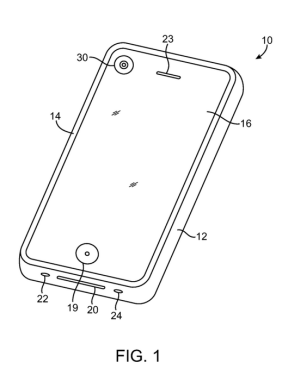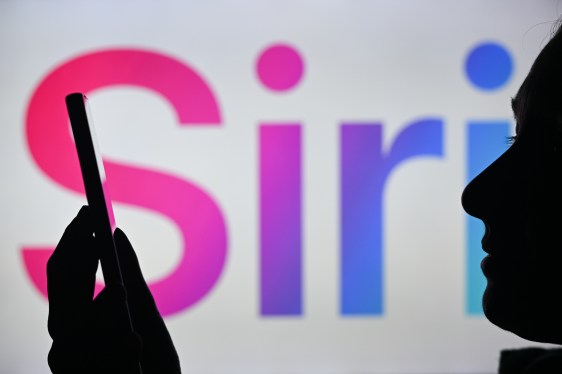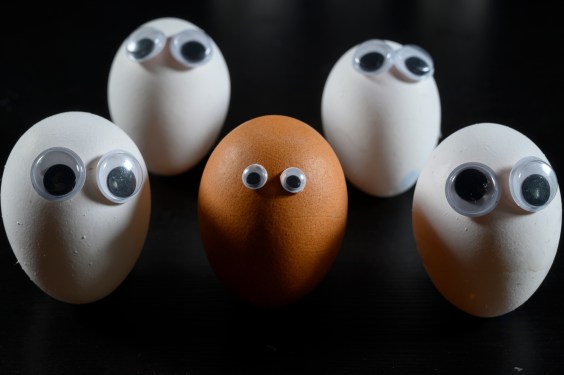Introduction
In recent years, Samsung has introduced a feature called "Smart Stay" on its Galaxy S3 and Galaxy S4 devices. This technology allows the screen to stay on even when the user is actively watching it, preventing unnecessary dimming and sleep mode activation. Now, Apple appears to be reviving interest in gaze detection technology, with a new patent application (via Unwired View) describing its version of this feature.
How Apple’s Gaze Detection Works
According to the patent application, Apple’s system uses both the front-facing camera and the onboard accelerometer to auto-switch between a predetermined screen power down time and keeping the display on for reading. Here’s how it works:
- Accelerometer Component: The device detects whether it is being held still using the accelerometer. This component prevents unnecessary use of the camera component, which can be battery-intensive.
- Camera Component: If the device is deemed to be stationary, the front-facing camera checks if a user is actively looking at the screen.
Key Features and Benefits
The Apple patent application does not include some of the advanced features that Samsung included in its Galaxy S4, such as eye scrolling and video pausing when a user looks away from the screen. However, it lays the groundwork for future functionality controlled by a smartphone user’s gaze and provides an intuitive method for incorporating facial feature recognition into a future version of iOS or the iPhone.
The main benefit of this technology is to eliminate one more settings that users have to worry about. Instead of manually selecting screen sleep time options, Apple’s system handles power conservation techniques in a completely automatic way. This can provide an elegant and useful UX update to iOS devices.
Implications and Speculations
The renewed interest in the patent could indicate that Apple is building this into something like iOS 7 or that it’s refreshing its patent suite for fresh legal attacks on its rivals. However, with the introduction of similar features in Samsung’s Galaxy S4, it can be assumed that this technology will become more widespread in the future.
Comparison to Samsung’s Smart Stay
While Apple’s system is not as advanced as Samsung’s "Smart Stay" feature, which includes eye scrolling and video pausing, it still offers a unique approach to gaze detection. The key difference lies in the use of both the accelerometer and camera components, which provides a more efficient and effective way of detecting user activity.
Timeline
Apple filed this application on January 25, 2013, but it is actually an updated version of one filed back in 2008. This renewed interest in gaze detection technology may be a sign that Apple is working towards integrating this feature into its iOS devices in the future.
Conclusion
The Apple patent application for gaze detection technology provides a glimpse into how the company plans to incorporate facial recognition and user activity detection into its products. While it may not be as advanced as Samsung’s "Smart Stay" feature, it offers a unique approach that can provide an elegant and useful UX update to iOS devices.
Future Developments
As this technology continues to evolve, we can expect to see more advanced features and improvements in the field of gaze detection. The introduction of facial recognition and user activity detection has the potential to revolutionize the way we interact with our smartphones and other mobile devices.
References
- Unwired View: Apple’s Gaze Detection Patent Application
- Samsung Galaxy S3 and Galaxy S4: Smart Stay Feature
Related Topics
- Gaze Detection
- Facial Recognition
- User Activity Detection
- iOS Devices
- Smartphone Technology




